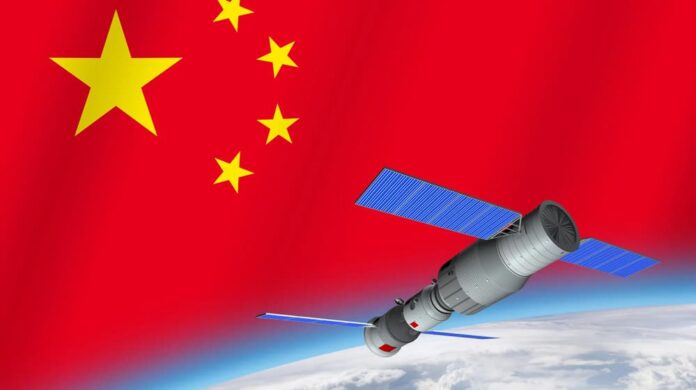Chinese researchers have announced that they reached 1 gigabit per second (Gbps) data rates from a geostationary satellite 36 000 km above Earth using only a 2-watt laser—about the power of a small night light—an achievement they say is five times faster than SpaceX’s Starlink service despite operating from a distance roughly 60 times greater scmp.com.
How AO-MDR Synergy Overcomes the Sky’s Blur
The team, led by Professor Wu Jian of Peking University of Posts and Telecommunications and Dr. Liu Chao of the Chinese Academy of Sciences, tackled the challenge of atmospheric turbulence—which normally scatters and weakens laser beams—by combining two tools in a single system called AO-MDR synergy. Adaptive optics (AO) reshapes warped light in real time with 357 tiny mirrors, while mode diversity reception (MDR) splits incoming light into eight channels and picks the three clearest streams, merging them through a “path-picking” algorithm to boost reliability interestingengineering.com.
In tests at the Lijiang Observatory, the system drove bit error rates below 10⁻⁵ even under strong turbulence and raised the chance of a usable signal from 72 percent to 91.1 percent—a leap that keeps data flowing smoothly when power is very low scmp.com.
Lab to Orbit: The 36 000 km Link
Unlike the dozens of Starlink satellites that skim just 550 km above Earth, a geostationary craft stays fixed over one spot but sits much farther out, incurring roughly a quarter-second of round-trip delay. Despite that latency, the Chinese system proved it can match the orbit’s coverage perks while closing the gap on speed by engineering a laser link that fires through the sky like a straight shot. The novel approach marks a major step beyond past efforts that used either AO or MDR alone, and found both fell short in heavy air shimmer scmp.com.
Why It Matters for Global Data
If space lasers can send a full high-definition movie from Shanghai to New York in under five seconds, the door opens to real-time video feeds from remote sites, instant science data from orbit, and stronger backups for ground networks when wires fail. In places that lack fiber cables or satellites struggle with lag, a fast laser downlink from GEO could deliver reliable streams of weather imagery, telemedicine links, or emergency alerts without building vast ground crews interestingengineering.com.
Looking ahead, this work could feed into next-generation networks—maybe one day we’ll tap space lasers for parts of a global 6G grid. While Starlink shines at low orbits for low delay, high-orbit lasers could fill in where broad footprints and constant beams matter most.
Personal Analysis
I find this research exciting because it shifts what we thought possible at high altitudes, proving that simple-power lasers can carry big loads when paired with smart optics and signal tricks. It shows that power and distance need not spell slow links, and it hints at a future where satellites work in concert—some close for speed, others high for wide eyes on Earth—to keep us all connected without gaps. Watching this space evolve will be key for anyone tracking how we handle data across the sky.

